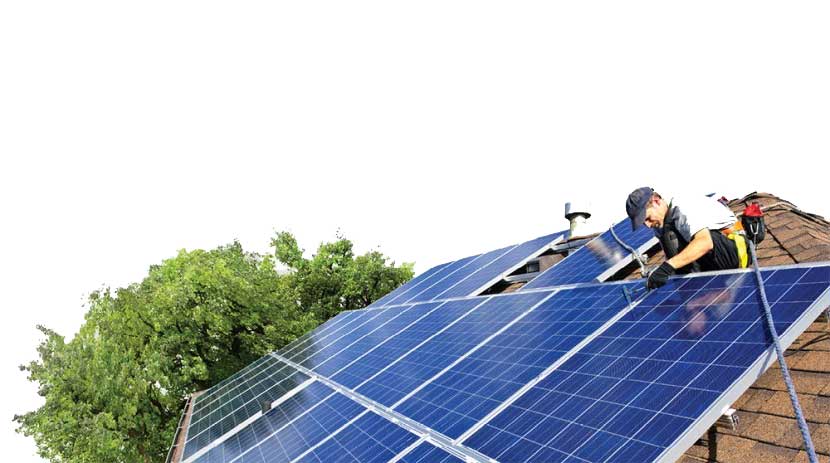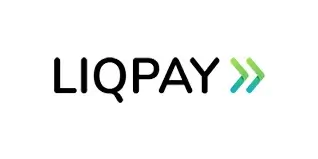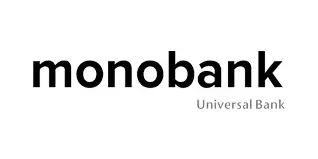Brand1
Number of phases
Heating equipment has long become a part of our everyday life. It helps maintain the microclimate in homes, at work and other premises. Heating equipment includes various devices for heating, hot water supply and air conditioning - from boilers and boilers to heat pumps. Heating and air conditioning specialists always emphasize that the main thing is to choose equipment for specific conditions, taking into account energy efficiency.
Let's consider the main types of thermal equipment. Let's compare how they differ from each other. Let's explain how modern technologies work and give some practical advice for their selection.
Types of thermal equipment
Heating equipment is divided into household and industrial. It depends on the scope of its purpose. Household equipment is suitable for ordinary apartments, houses or small offices - it is compact and does not require complex maintenance. Industrial equipment is designed for large facilities, such as factories or warehouses, where serious power and reliability are required.
Here are the main types that people encounter most often:
Boilers: They heat water for daily use. Electric ones store hot water in a tank, gas ones heat it on the go. A 50-200 liter domestic boiler is enough for a family, but companies use more powerful models for constant demand.
Boilers: These devices heat rooms by circulating the coolant through the system. Gas boilers are convenient where there is a gas network, electric ones - everywhere, but they consume more electricity. Solid fuel boilers run on wood or pellets, which is beneficial in villages. Industrial ones are often steam-powered, with a capacity of 1 MW and above.
Heat pumps: They extract heat from the air, ground, or water outside and transfer it inside. Air-source heat pumps are easy to install, and ground-source heat pumps are more reliable in cold weather. They also cool the air in the summer, making the system versatile.
Of course, there are also auxiliary items, such as convectors or infrared panels, which complement the main equipment in everyday situations.
Technologies and benefits
Modern heating equipment is the embodiment of energy-efficient technologies. Take boilers: condensing technology returns heat from steam back into the system, raising efficiency to 98%. Heat pumps operate on a principle similar to a refrigerator, but in reverse – it allows you to save up to 70% of energy compared to old heaters.
Each type has its own strengths:
Boilers provide hot water without delay and almost silently, which makes them indispensable in everyday life.
Boilers heat large areas evenly, and with thermostats everything is automated – just set it and forget it.
Heat pumps are an ecological and versatile solution that works simultaneously for both heating and cooling.
Overall, such equipment helps reduce bills, increase comfort, and live more environmentally friendly. Many experts advise combining it with solar panels or smart systems to make everything work even better in real conditions.
Differences between species
Household equipment is less powerful – usually 5-50 kW, while industrial equipment starts at 100 kW. Boilers are more about water, boilers are about heat in rooms, heat pumps are about everything at once.
Gas boilers are cheaper to operate, but only with gas nearby, electric ones are simpler, but more expensive. Heat pumps are ideal for mild climates, solid fuel ones are where fuel is at hand. Industrial models are more durable for non-stop use, household ones are focused on safety and appearance for the home.
Tips for choosing
When choosing heating equipment, think about the size of the room, what you have on hand for energy and how much you are willing to spend. In everyday life, take energy-efficient models of class A++ so as not to overpay for electricity. Check for safety certificates - for example, European standards.
Flexibility is important in production: modular systems are easy to expand. It is better to consult a specialist to calculate how much heat is lost in the building - this will save you from unnecessary expenses. Maintenance is extensive: clean the filters in the pumps regularly, and everything will last longer.
In cold regions, ground pumps are better, in the city - compact electric boilers. Read reviews from real people and look at the warranty so you don't regret it.
Heating equipment makes everyday life more comfortable and business more stable. If you approach it wisely, it not only heats, but also saves money, making life easier and more enjoyable.












